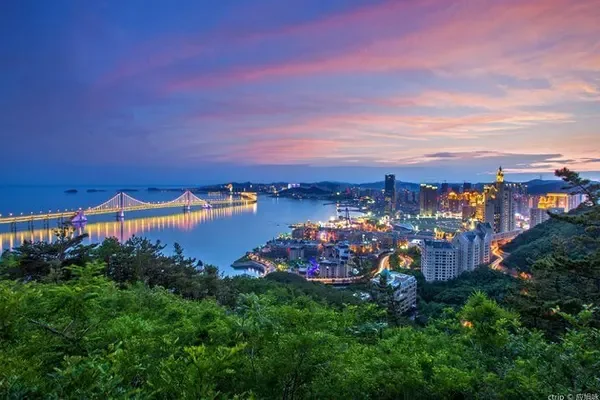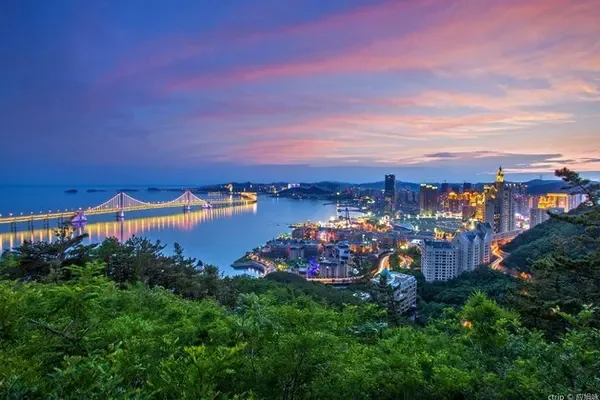introduce
Hanyang Mausoleum National Archaeological Site Park is located in the Weicheng District of Xianyang City in the north of Xi'an City. Han Jingdi Liu Qi (188-141 BC) was the fourth emperor of the Western Han Dynasty. During his reign, he was close to the Xiongnu, rested with the people, and jointly created the "Government of Wenjing" with his father Hanwen Emperor Liu Heng, which laid a solid foundation for his son Hanwu Emperor Liu Che to expand the territory. The currently open area of Hanyang Mausoleum is divided into North District and South District. Tourists buy tickets from the ticket office in the North District. There is a sightseeing bus connecting the two districts (the fare is included in the ticket), which runs every 20 minutes. If you walk to and fro, it will take about 10 minutes.
After entering the scenic spot, the first thing you see is a towering mound of sealed earth, which is the mausoleum of Emperor Han Jing. It should be noted that the tomb of Emperor Jing has not been excavated (maybe stolen), and the "underground palace" (underground palace) visited in the scenic area Museum) is not the real underground palace under the mound of earth, but some burial pits around; the cultural relics seen in the scenic area were also excavated from the burial pits. The sealed mound is not open to the public, and tourists cannot climb it.
In the north area of the cemetery, there are underground museums (exhibition hall for the protection of the Tibetan pit outside the imperial mausoleum) and the exhibition hall for the protection of the Nanquemen ruins. The former is the focus of the visit. The underground museum uses glass curtain walls and glass passages to completely separate tourists and cultural relics in two different temperature and humidity environments. When you walk into the tomb passage and enter the museum, you will find pottery figurines and earthen jars displayed in front of you. You can also look down. There are tens of thousands of cultural relics under your feet, pottery pottery of various shapes. There are soldier figurines, singing and dancing figurines, court lady figurines, animal figurines, etc. These figurines are only 1/3 the size of real people, and there are living utensils, chariots and harnesses at that time, plus the surrounding dim lights, which will produce a kind of An unreal sense of time travel. You can also watch the rolling "Phantom Imaging" program here, which interprets the rich and colorful court life of the year, and the program is about 20 minutes long.
Not far from the underground museum stands the tall "Nanque Gate Ruins" protection hall. Inside this protection hall is the "Que Gate Ruins". There are pillar foundation stones more than two thousand years ago, and the loess walls retain the Stairs, tiles. The protection hall itself is a building imitating the Han-style que gate, showing the majesty and height of the "three out of que" high platform that only the emperors of the Han Dynasty could enjoy.
In the southern part of the cemetery, there are archaeological exhibition halls and the ruins of the Jongmyo Temple. The exhibition hall mainly displays the cultural relics unearthed from the burial pits and tombs. You can see bronze weapons, such as spears, swords, arrows, etc., coins, pottery pots, bronze mirrors and other daily necessities. In addition, the most attractive thing is a large number of pottery figurines, including cavalry, warriors, attendants, etc. The most distinctive part is some female cavalry figurines. Some of the female soldiers have unique facial features, prominent cheekbones, and upturned eyes. Some people think that This is a minority female soldier in the Han Dynasty army.
To the west of the exhibition hall is the ruins of the ancestral temple, that is, the ruins of "Deyang Palace", which is large in scale, but there are no ground buildings, and only the sorted out excavation site can be seen.
opening hours
March 1st-November 30th 08:00-18:30 (last admission 17:00); December 1st-February 28th 08:30-18:00


